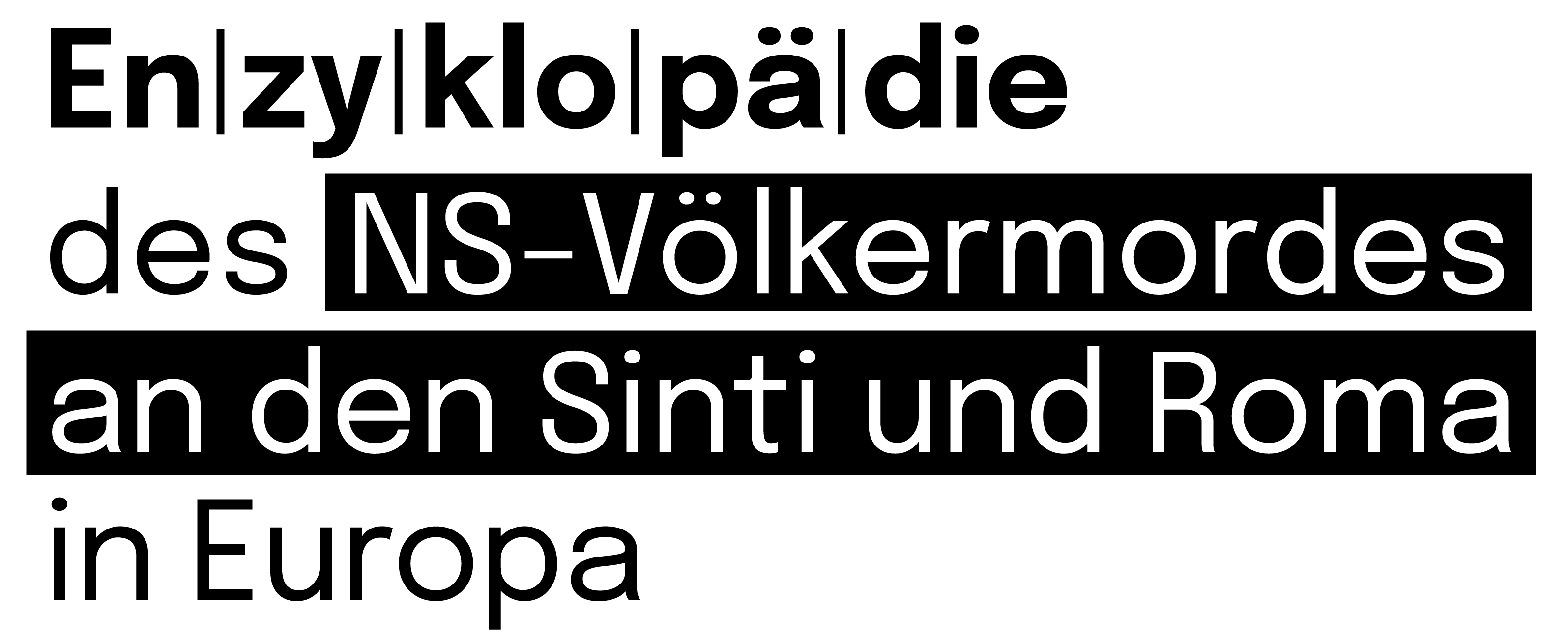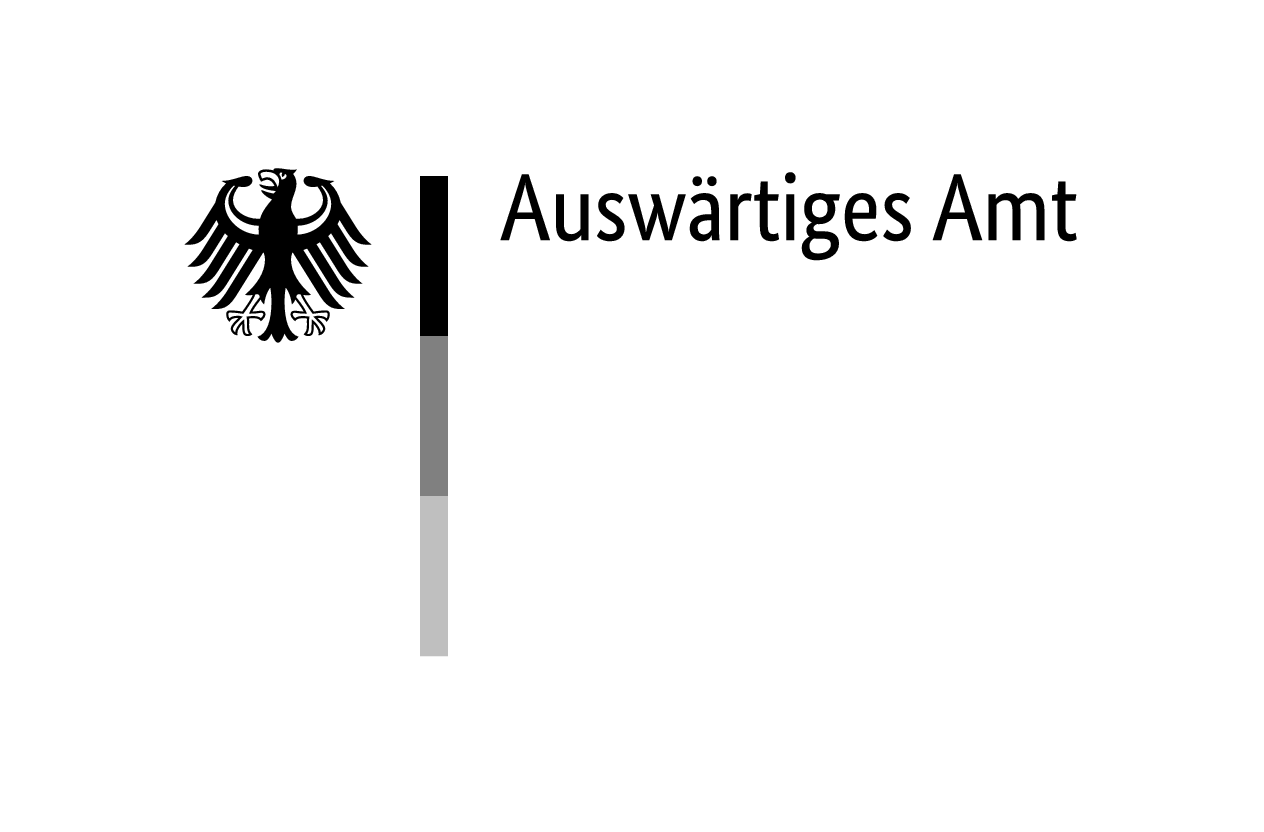Tallinn Central Prison served under German occupation as the main collection point for Estonian Jews and Roma prior to their execution. Popularly known as ‘Patarei’ [the battery], the prison was originally built in 1830–37 as a Russian naval fortress and converted into a penitentiary in 1918. It served continuously as a prison until 2005 and was the largest such institution in Estonia.
Although not part of the concentration camp system under SS (Schutzstaffel) rule, the prison served the same purposes. Under the name Tallinn Central Prison it became operational immediately after the Wehrmacht entered the Estonian capital on 28 August 1941. On 1 July 1942, the Estonian Security Police took over the prison, which from then onward became officially designated as the Tallinn labour education camp [Arbeitserziehungslager].
Tallinn Central Prison held two categories of inmates: ‘protective custody prisoners‘ [‘Schutzhäftlinge‘] and so-called police prisoners [Polizeihäftlinge]. As of January 1943, the latter made up 85 percent of the prisoner population.
Tallinn Central Prison had women’s and men’s wings and, as of 15 October 1941, held 2,600 inmates. A majority of prison guards had worked in the penitentiary system in interwar Estonia.
Persons sentenced to death were taken by trucks outside of Tallinn for execution. Firing squads were comprised of the members of the Estonian Security Police and the Estonian auxiliary police, Omakaitse. The available evidence points to Valdeku antitank ditch near the Lake Ülemiste as the mass execution site.
Central Transit Camp for the Genocide of the Roma
Tallinn Central Prison became a collection point for Roma deported from all over Estonia in accordance with the order issued on 22 January 1943, by the Head of the German Security Police (Sipo) in Estonia, Dr Martin Sandberger (1911–2010). Deportations began on 8 February, and within few days the number of Roma at the Tallinn Central Prison reached 535.
On 10 February, the German Sipo took away 110 Romani inmates to be shot, and on 17 February further 337. Willem Indus (unknown–1943) from Narva was the only one of the Roma who had an individual police case file. According to the police records, Indus on 17 February 1943 underwent ‘special treatment’ [‘Sonderbehandlung‘], which in Nazi jargon meant execution. These shootings of Roma held in Tallinn Central Prison most likely took place in Kalevi-Liiva.
Defendants in the Soviet war crimes trials mentioned a further group of about twenty-five Roma women and elderly individuals, who in early March 1943 were taken to Kalevi-Liiva to be shot.
Prison records contain information about the attempted escape of Juhan Burkevich (53), Richard Koslovski (23), and Johannes Koslovski (28) on 6 August 1943. Richard Koslovski succeeded while the other two were captured and later that December transferred to Murru Prison.
As of late March 1944, the Tallinn Central Prison reported thirty-one Roma among its 2,867 inmates. Those particular Roma may have survived, despite the lack of definitive proof. On 21 September 1944 the Germans cleared Tallinn.
Aftermath
From 6 to 11 March 1961, four former Estonian Security Police officials implicated in the crimes at Kalevi-Liiva and Tallinn Central Prison stood trial, in an event widely publicised by the Soviet authorities. The former prison currently offers guided tours and features temporary exhibitions. In 2026, it will reopen as the International Museum for the Victims of Communism; the winner of an architectural competition was announced in 2021. The future permanent exhibition will also cover the period of German occupation.
The mass killing sites for the victims taken to their deaths from Tallinn Central Prison in 1941–44 have not been properly marked.




